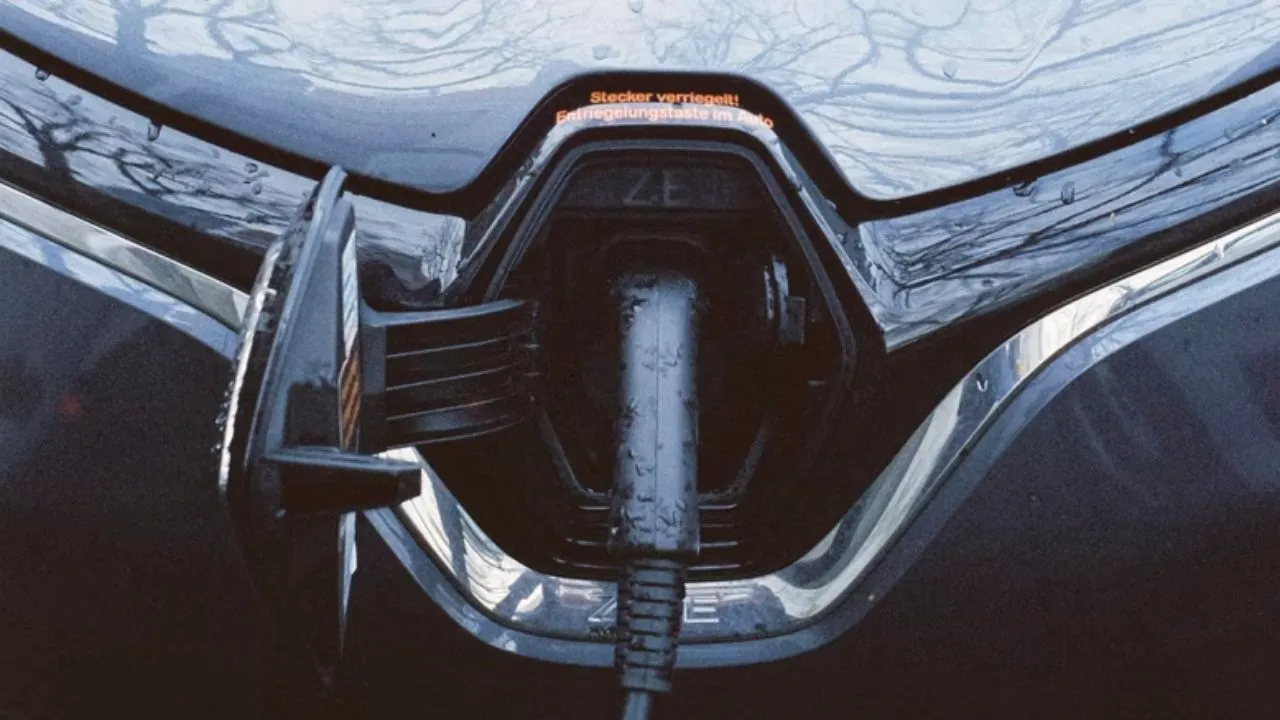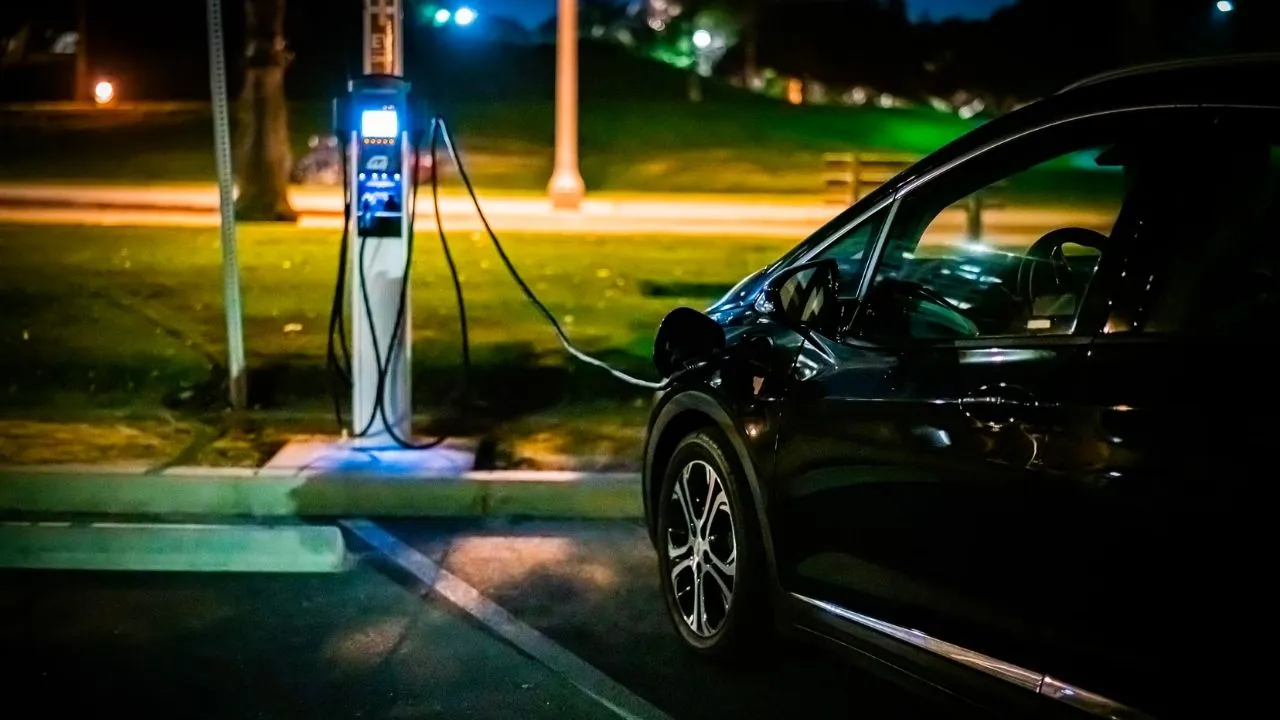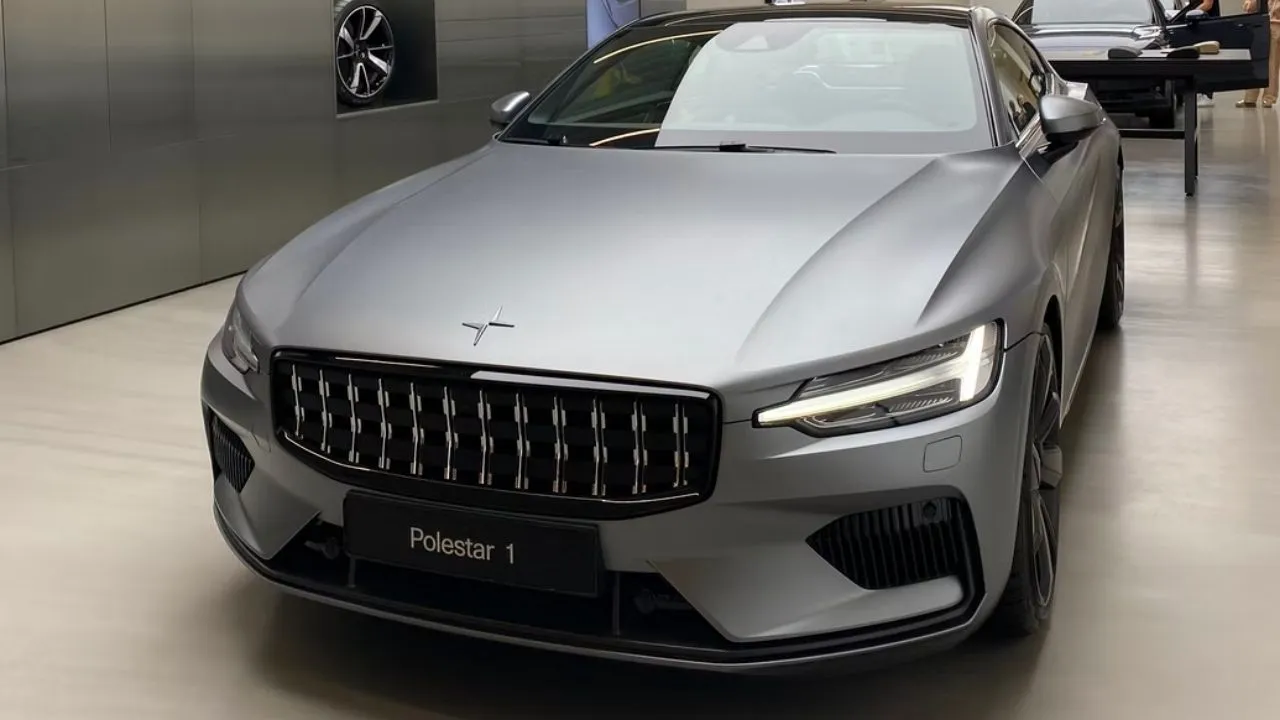Electric vehicles are becoming more and more popular. This is because they are environmentally friendly and help reduce carbon emissions. There are a few different types of electric vehicle batteries, each with advantages and disadvantages.
What Are The Different Types Of Electric Vehicle Batteries?
There are many electric vehicle batteries, but the two most common are lead-acid and lithium-ion. Lead-acid batteries are the oldest type and use a lead and sulfuric acid to create electricity. They work well in vehicles that travel short distances, but they are not as efficient as lithium-ion batteries when running long distances. Lithium-ion batteries use metal oxide (lithium) to create electricity and have a longer life span than lead-acid batteries. They’re also more efficient for running long distances, but they can be more expensive to buy and maintain.
Lead-acid batteries are the most common type of electric vehicle battery. They work well in vehicles that travel short distances, but they are not as efficient as lithium-ion batteries when running long distances. Lithium-ion batteries use metal oxide (lithium) to create electricity and have a longer life span than lead-acid batteries. They’re also more efficient for running long distances, but they can be more expensive to buy and maintain.
Lithium-ion batteries use metal oxide (lithium) to create electricity and have a longer life span than lead-acid batteries. They’re also more efficient for running long distances, but they can be more expensive to buy and maintain. So, lead-acid batteries are still a popular choice for electric vehicles.

Which Battery Is Best For Electric Vehicle?
There are many different types of electric vehicle batteries, but which one is the best for your particular needs?
The lead-acid battery is the most common battery used in electric vehicles. It has a relatively low capacity (measured in watt-hours) but is very affordable and easy to replace. The lithium-ion battery is a more powerful type of battery, and it’s becoming more popular because it has a longer lifespan and can be recharged more quickly than a lead-acid battery. However, lithium-ion batteries are also more expensive than lead-acid batteries, so choosing a suitable model for your electric vehicle is essential.
It’s also important to consider your intended use of the electric vehicle. For example, a vehicle primarily used for commuting will likely require a smaller battery than one for long-distance travel.
How Do I Know What Type Of Battery I Have?
There are many electric vehicle batteries, but some of the most common are lead-acid, nickel-cadmium, lithium-ion, and polymer.
Lead-acid batteries are the oldest type of battery and are still used in many electric vehicles today. They use lead plates as the battery’s negative and positive cells. However, the lead plates can become heavy and cause problems with a vehicle’s suspension if they’re not replaced regularly. Lead-acid batteries also don’t have excellent energy storage capacity, so they need to be recharged often.
Nickel-cadmium batteries were the following type of battery used in electric vehicles. They tend to be more popular now than lead-acid batteries because they have better energy storage capacity. In addition, they use nickel and cadmium plates to create the battery’s cells. Nickel-cadmium batteries are also lighter than lead-acid batteries, so they’re less likely to cause a vehicle’s suspension problems. However, nickel-cadmium batteries are less efficient than lead-acid batteries when it comes to power output, and they don’t last as long as lead-acid batteries.
Lithium-ion batteries are the most popular type of electric vehicle battery today. They use lithium-ions instead of metal plates, so they have a much longer lifespan than other types of electric vehicle batteries. Lithium-ion batteries also have the highest energy storage capacity of any electric vehicle battery type. In addition, they’re lightweight and durable, so they’re perfect for vehicles that need to be able to travel long distances without needing to be recharged. However, lithium-ion batteries are more expensive than other electric vehicle batteries, and they require special care to maintain their performance.
To know what type your car has, visit your nearest car dealership. They will have a diagnostic machine to tell you.

What is AGM Battery in Electric Car?
An AGM battery, or Absorbed Glass Mat battery, is an electric car battery that uses a gel-like electrolyte instead of the liquid electrolyte in lead-acid, nickel-cadmium, and nickel-metal-hydride batteries. This type of battery is more environmentally friendly as it does not produce any waste. However, AGM batteries are not as durable as other electric car batteries, and they tend to be more expensive.
What Is Better AGM Or Lithium Battery for Electric Car?
The best electric vehicle batteries are either AGM or lithium-ion. An AGM battery is a Maintenance Free battery which means that it does not require any maintenance other than filling with distilled water once a year. On the other hand, a lithium-ion battery is a more expensive option, but it has many advantages over an AGM battery. Lithium-ion batteries are lighter and have a longer life than an AGM battery. They also can hold a more significant amount of energy before they need to be recharged.
What Is The Difference Between AGM And Standard Batteries?
There are a few different types of electric vehicle batteries, but the two most common are AGM and standard. AGM batteries use gel-based chemistry, which makes them very durable. Standard batteries use lead-acid chemistry, which is less durable but more affordable. So, while AGM batteries are more durable, standard batteries are cheaper and can be used in more applications.

Does An AGM Battery Need A Special Charger?
An AGM battery is a type of rechargeable battery that uses gel electrolytes. This type of battery is not typically charged with a charger that uses a standard outlet but must be specifically charged with an AGM charger. The main benefit of using an AGM battery is that it can be discharged and recharged many times without losing its power. It’s also a good option for those who want to keep their battery costs low.
Can You Use An AGM Battery In Any Car?
An AGM battery is a lead-acid battery that can be used in any car. They are more reliable than conventional batteries and have a longer life than lithium-ion batteries. The main downside is that they are more expensive than standard batteries. As a result, manufacturers usually include an AGM battery as part of a hybrid or electric car package.
What Happens If You Charge A Regular Battery With An AGM Charger?
If you charge a regular battery with an AGM charger, what will happen is the regular battery will become charged, but the battery will also become damaged. The damage can be from overheating or even a fire. An excellent example of this would be if someone were to charge a car battery with an AGM charger and then leave it unattended while they went to work. If someone did this, their car would start up when they came back, but the battery would be completely fried.
What Is The Difference Between Gel And AGM Batteries?
Gel batteries are made up of a gel-like material and are often considered the safest type of battery. They can last longer than other batteries, but they also require more care. AGM batteries typically last the longest, but they can be more difficult to charge.
What Happens If You Charge An AGM Battery With Normal Charger?
AGM batteries have a built-in protection circuit that prevents overcharging and damages from charging with a standard charger. When charging an AGM battery with a standard charger, the battery will indicate that it is being charged, and the light on the charger will turn green. Once the battery has reached full charge, the light on the charger will turn off. If you try to charge an AGM battery with a standard charger after it has been damaged, the battery will not be able to take the full charge and could even explode.

Can You Jump Start A Car With An AGM Battery?
A few different electric vehicle (EV) batteries are available, but the most common type is an AGM battery. These batteries are often called lead-acid batteries because they use lead and heavy metals as electrolytes and electrodes.
An AGM battery has a gel-like casing that makes it resistant to shock and vibration. This battery is also maintenance-free, so you don’t have to worry about topping it off or replacing it every six to 12 months.
The biggest downside to AGM batteries is that they don’t hold their charge and other types of EV batteries. This means they may not be suitable for long trips or if you need your car to be available at all times. But, they are perfect for use in emergencies or on short trips.
How Long Do AGM Batteries Last?
There are various electric vehicle batteries, each with unique features and benefits. Lead-acid batteries are the most common type and typically last between three and six months before needing to be replaced. Nickel-cadmium (NiCd) batteries last between one and two years, while lithium-ion (Li-ion) batteries can last ten years. While all three types have their advantages, lead-acid batteries are generally the cheapest to replace and are the most common in vehicles today.
What Is The Best Way To Charge A AGM Battery?
AGM batteries are a newer technology that uses a liquid acid instead of a traditional lead-acid battery. This makes them environmentally friendly, as there is no need for disposal of the spent acid electrolyte. However, AGM batteries are also self-discharging, so they need to be regularly topped up with fresh acid. This can be done by connecting the battery to an external charger or adding fresh acid to the battery using a syringe or other device.

What Are The Advantages Of Each Type Of Battery?
There are a few different types of electric vehicle batteries. Lead-acid, nickel-cadmium, lithium-ion, and lithium polymer are the most common. Here are the advantages and disadvantages of each type:
Lead-acid batteries are the oldest type of battery technology. They’re very efficient, but they’re not as powerful as other battery types. They’re also heavy and can be challenging to move.
NiMH batteries are similar to lead-acid batteries, but they have a longer life expectancy and are more powerful. They’re also lightweight, so they’re easier to move. However, they don’t hold as much power as lithium-ion or polymer batteries.
Lithium-ion batteries are the most popular type of battery. This is because they’re lightweight and have a long life expectancy. They also have a high power density, meaning they can hold a lot of energy per unit weight. However, they require a charging station that can handle the high power output of lithium-ion batteries.
Lithium polymer batteries are becoming more popular because they have many of the benefits of lithium-ion and lithium-ion batteries, but they’re lighter and easier to manage. They also have a shorter life expectancy than lithium-ion and polymer batteries, but they’re more affordable.

What Are The Disadvantages Of Each Type Of Battery?
There are many types of electric vehicle batteries, each with advantages and disadvantages. Lead-acid batteries are the most common type used in cars, trucks, and motorcycles. They’re relatively cheap and can be easily replaced, but they can lose power quickly and require regular maintenance. Lithium-ion batteries are becoming more popular because they last longer than lead-acid batteries but are more expensive to buy and maintain. They also don’t suffer from the “memory effect,” A battery will lose some of its power after being recharged multiple times. Nickel-metal hydride (NiMH) batteries are becoming more common because they have a high capacity but don’t suffer from the memory effect. Unfortunately, they also tend to be more expensive than lead-acid and lithium-ion batteries.
Conclusion
There are a few different electric vehicle batteries, each with advantages and disadvantages. Therefore, choosing the correct battery for your vehicle is essential based on your needs. This article summarizes the different types of electric vehicle batteries and their advantages and disadvantages. I hope this information was helpful.
